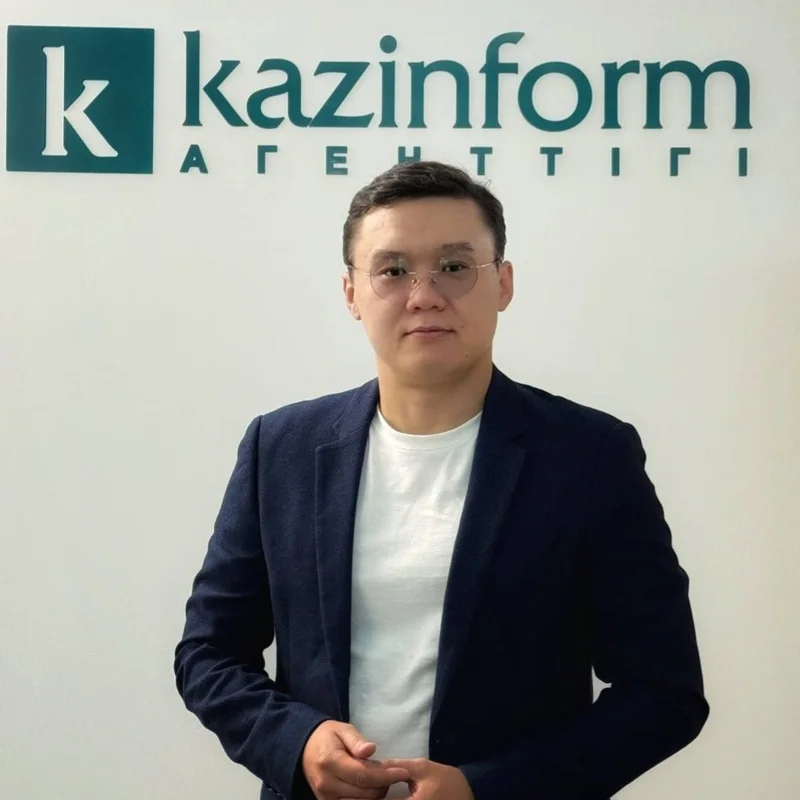Chinese scientists achieve breakthrough in reversing aging in primates
Chinese scientists have demonstrated that genetically engineered human stem cells can reverse key signs of aging in monkeys, marking a major step toward potential therapies for age-related decline in humans, reports a Kazinform News Agency correspondent.

The study, published in Cell, was carried out by researchers from the Chinese Academy of Sciences and Capital Medical University. The team introduced a new type of human stem cell, known as senescence-resistant mesenchymal progenitor cells (SRCs), created by reprogramming genetic pathways associated with longevity, including the FOXO3 gene.
Over a 44-week trial, elderly cynomolgus monkeys received biweekly intravenous infusions of SRCs at a dosage of 2×10⁶ cells per kilogram of body weight. The researchers reported no adverse effects.
“The transplanted cells did not cause tumors or tissue damage, which has long been a major obstacle in stem cell therapy,” the authors noted.
The results revealed a multi-system rejuvenation across 10 major physiological systems and 61 tissue types. Treated monkeys showed improved memory, healthier brain structures, stronger bones, and restored reproductive function. Tissue analyses indicated reduced brain atrophy, osteoporosis, fibrosis, and lipid buildup.
At the cellular level, SRCs decreased the number of senescent cells, suppressed chronic inflammation, and boosted populations of progenitor cells in neural and reproductive tissues, even stimulating sperm production. On the molecular level, the therapy enhanced genomic stability, improved stress response, and restored protein balance. More than half of the tissues tested displayed a reversal of aging-related gene expression to a younger state.
Machine learning-based biological aging clocks estimated that the treatment reversed the age of immature neurons by six to seven years, while oocytes were rejuvenated by about five years.
“This represents the first demonstration that engineered human stem cells can produce sustained anti-aging effects in a primate model,” the researchers emphasized.
Further analysis showed that the therapeutic effect was largely driven by exosomes – microscopic particles released by SRCs. These exosomes preserved genomic integrity and significantly reduced organ degeneration when tested separately in aged mice. Laboratory experiments confirmed they could rejuvenate human neurons, liver, and ovarian cells.
According to the authors, SRC therapy presents “a holistic intervention against aging, offering protective efficacy across interconnected systems such as the nervous, reproductive, and immune systems.”
Earlier, it was reported that researchers at Leipzig University have identified the receptor GPR133 as a key regulator of bone health. Using a new compound, AP503, they strengthened bone tissue in mice and reversed osteoporosis-like conditions.
